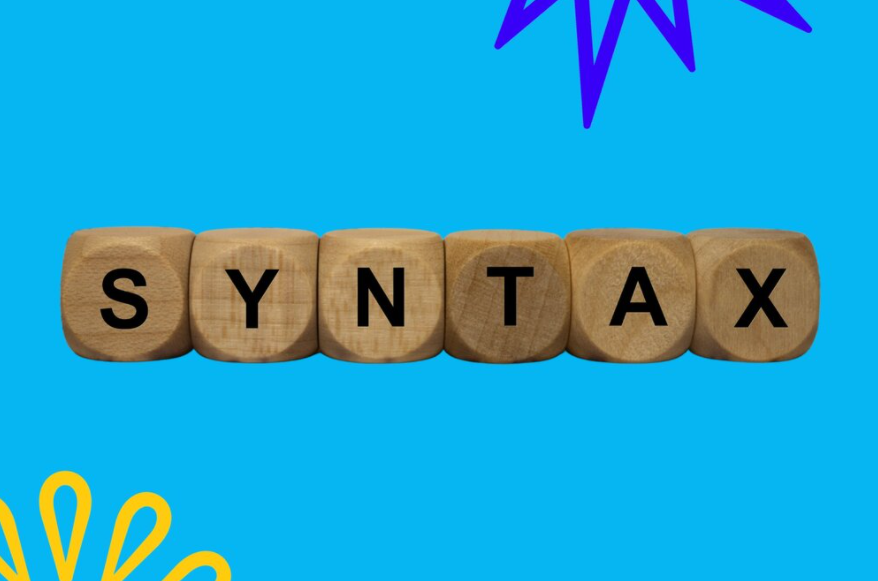
There are virtually unlimited ways a writer can phrase a sentence. Sentences can be written in an almost limitless number of ways. A writer has boundless options for how they can communicate the same idea.
See what we mean? All of the sentences above provide the reader with the same message, but the syntax of each sentence is quite different. Syntax refers to how the words in a sentence are arranged and contribute to the sentence’s overall meaning. Syntactic awareness is the ability to keep track of the order of and relationship between words we read and use in our writing.
Why is it important?
Syntactic awareness allows us to strategically choose our wording. This is helpful for a variety of reasons. Syntactic awareness lets us word sentences in the most efficient way. It lets us avoid confusion caused by extra clauses or prepositions. Syntactic awareness, or lack thereof, can even influence the power with which we are able to convince our reader of something.
Ways to develop syntactic awareness
Here are two great activities to develop syntactic awareness, as suggested by Joan Sedita, founder of Keys to Literacy, an organization that offers teacher training in literacy:
Sentence Scrambles
Students love these scrambles because they feel like puzzles! Give students a sentence with the words out of order, and have them put them in the correct order. Through the process of ordering the words correctly to create a sentence that makes logical sense, students strengthen their syntactic awareness. An extra challenge would be to give students sentences they can unscramble in more than one way, and to have them explain how the different versions change the meaning.
Example: dog to he visit brought when man his came The
Sentence 1: The man brought his dog when he came to visit.
Sentence 2: The dog brought his man when he came to visit.
Sentence Expansion Using “W” Questions
Not only is this a great way to help students develop syntactic awareness, it is also an excellent exercise in adding details to writing. Students start with a simple subject, like “The balloon.” Students are then given each of five “W” questions (and one “H”) one at a time to add to their sentence in order to provide more details. These questions are who, what, where, when, why, and how. This exercise especially helps students develop an understanding of how more complex sentence components like clauses and prepositional phrases function in and contribute to a sentence. Here’s an example:
Simple subject: The balloon
What about it?
The balloon floated away.
What color was it?
The yellow balloon floated away.
Why did it float away?
The yellow balloon floated away because it was let go.
Who let it go?
The yellow balloon floated away because the little girl let it go.
Where was this?
The yellow balloon floated away in the park because the little girl let it go.
When did it happen?
This morning, the yellow balloon floated away in the park because the little girl let it go.




